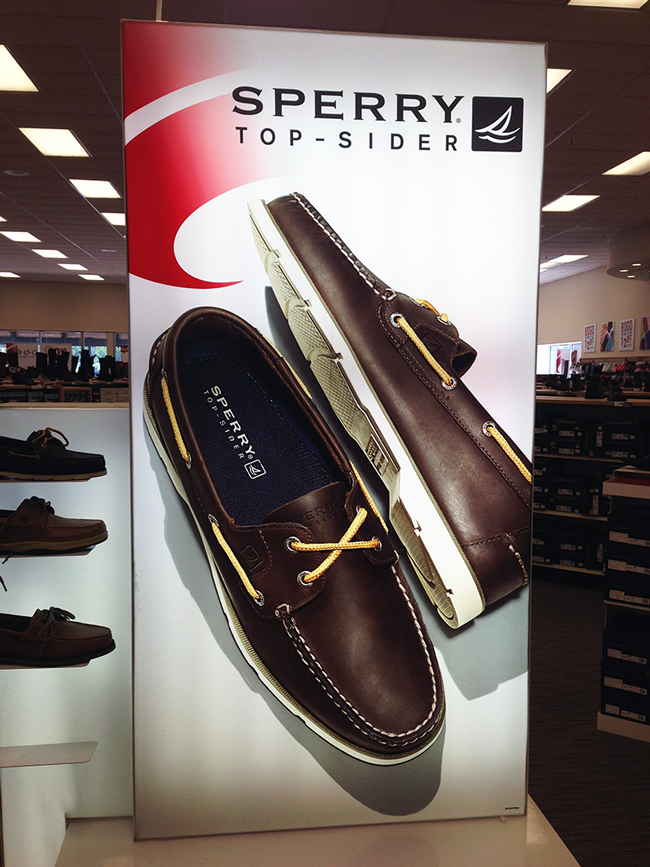
There’s a growing trend in backlit displays. Take a walk through any mall and anyone with a keen eye will be able to pick out the fabric backlit displays. They are vivid and have a “high-definition” appearance when compared to traditional vinyl or paper-based backlit displays. So what exactly gives fabric backlit displays the superior appearance?
No Glare, Even Illumination – Generally, fabrics print more evenly and depending on the texture and finish of the media, will provide an anti-glare viewing surface. This provides optimal viewing from all angles. Backlit fabric also provides light diffusion properties, reducing the occurrence of washed out and uneven spotting in the print.
Vibrant Colors, Exceptional Print Quality – Before jumping into the topic of image quality, it should be noted that there are factors that influence print quality (obviously). There are a variety of backlit fabrics on the market and not all are created equal. Some are very dense and others are extremely stretchable. Porous surfaces provide fine details, while non-porous surfaces can provide better conformability for three dimensional displays. It is clearly not a one size fits all media category.
In addition, other factors that influence print quality is the printer itself as well as the number of ink passes, ink density levels, and other technical tweaks. One attribute that many fabric-based media designed for backlit display share is they provide a high-definition printed appearance.
Fabric provides dense color appearance and rich contrasts. This is due to the substrate having a greater depth to absorb ink. Backlit Fabrics such as HP Backlit Polyester Film features an engineered porous coating, which allows it to achieve outstanding ink adhesion to produce razor-sharp images
Light Matters – Backlit displays can feature a variety of light sources, including: LED, fluorescent, or natural / environmental light. Depending on the application, any of the three above mentioned sources can be appropriate but it is LED lighting that is becoming the most widely seen light source for backlit fabric displays.
Evolution through technology – New advancements in printing technology have paved the way to this growing trend in the sign industry. In addition to dye-sublimation printing technology, HP’s recently released line of Latex Printers include new innovations specifically designed to handle textile and nonwoven printing. The latest HP Latex Printers can print on textiles with the addition of an ink collector, available with the HP Latex 360.

